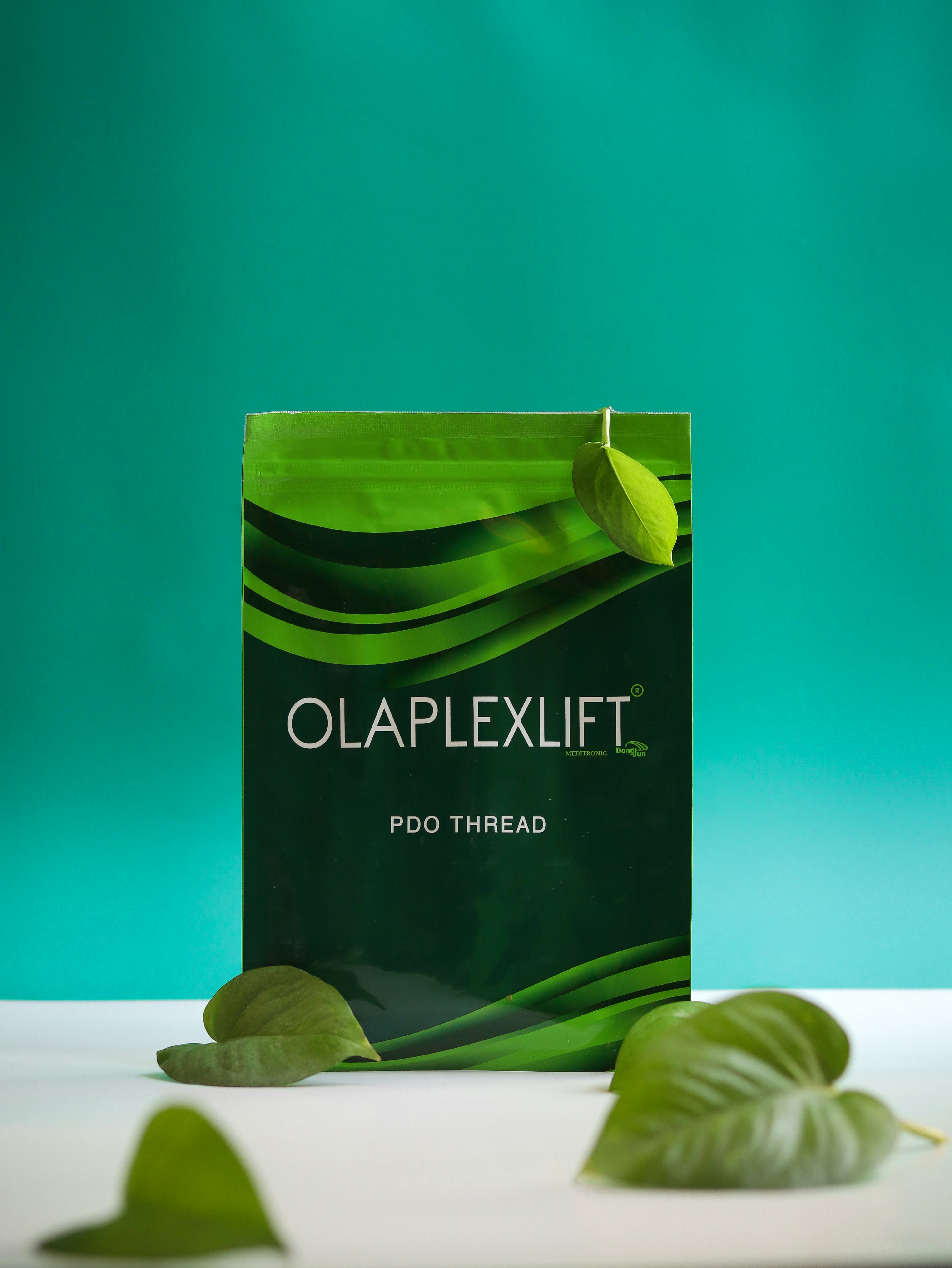What if you could reduce oxalates in your diet without leaving yourself deficient in essential nutrients? It’s a common concern for many, especially if you’re dealing with specific health conditions or simply want to take care of your body. Let’s unpack this together.
Understanding Oxalates
Oxalates are naturally occurring compounds found in many foods. While your body can handle a certain amount of oxalate, excessive intake can lead to health issues, particularly for those with a history of kidney stones. The first step in managing your oxalate intake is understanding which foods contain them and how they impact your body.
What Foods Are High in Oxalates?
A wide variety of foods can contribute to oxalate consumption. Here’s a table to give you a better idea of which items you might want to limit or avoid:
| Food Category | Examples | Oxalate Content (mg/100g) |
|---|---|---|
| Vegetables | Spinach, beets, potatoes | 500 – 1000 |
| Nuts and Seeds | Almonds, cashews | 150 – 400 |
| Fruits | Raspberries, blackberries | 80 – 200 |
| Grains | Wheat bran, oatmeal | 20 – 60 |
| Legumes | Soybeans, navy beans | 50 – 200 |
If you’d like to keep your oxalate levels in check, being aware of these high-oxalate foods is a great starting point.
Why Reduce Oxalates?
Reducing oxalates can be particularly beneficial for individuals susceptible to kidney stones. The body can sometimes supersaturate with oxalate, leading to crystallization and the formation of stones. Additionally, some individuals may experience symptoms relating to their gut health, such as digestive distress, when consuming high-oxalate foods.
Nutrient Deficiency: The Risk of Restriction
While reducing oxalates can seem helpful, there’s always the possibility of unintentionally cutting out essential nutrients in the process. It’s crucial to navigate this dietary adjustment wisely to ensure you aren’t compromising your nutritional needs.
Key Nutrients at Risk
When you restrict certain foods, you might miss out on key vitamins and minerals. Here are a few critical nutrients you should keep an eye on:
| Nutrient | Food Sources | Deficiency Symptoms |
|---|---|---|
| Calcium | Dairy products, leafy greens | Osteoporosis, heart problems |
| Magnesium | Nuts, seeds, whole grains | Muscle spasms, fatigue |
| Vitamin C | Fruits (especially citrus), peppers | Scurvy, weak immune response |
| Fiber | Legumes, whole grains, fruits | Constipation, digestive issues |
By carefully selecting your food sources, you can mitigate the risk of deficiency while reducing your oxalate intake.
Eating for Oxalate Reduction
So, how can you create a balanced diet without high oxalates? It comes down to understanding the alternatives and making mindful choices.
Choosing Low-Oxalate Foods
Low-oxalate foods can help you maintain nutrient density while staying mindful of your oxalate levels. Here’s a simple list to get you started:
- Proteins: Most animal proteins, eggs, and dairy.
- Grains: White rice, cornmeal, quinoa.
- Fruits: Apples, bananas, cherries, and watermelon.
- Vegetables: Carrots, cauliflower, and cucumbers.
By focusing on these options, you’re less likely to run into issues with excess oxalate consumption.
Combining High and Low Oxalate Foods
Instead of cutting out all high-oxalate foods, consider combining them with low-oxalate options. This not only maintains the diversity of your diet but also helps to potentially lower the overall oxalate impact.
For example, if you love spinach, you might mix it into a salad with cucumbers and avocado. Balancing out high-oxalate foods with low-oxalate companions can also enhance taste and texture.
Cooking Techniques That Help
The way you prepare your food can also lessen oxalate content. Utilizing specific cooking methods can make high-oxalate foods more manageable.
Boiling and Steaming
These methods can help leach out some of the oxalates. For example, boiling spinach can reduce its oxalate content significantly. Just be sure to discard the water afterward, as it contains the leached oxalates.
Fermentation
Fermenting foods, especially vegetables, can help break down oxalates over time. This method not only adds probiotics to your diet but can also improve nutrient absorption.
A Balanced Meal Plan
To ensure you’re getting enough nutrients while managing oxalate intake, it can help to plan a well-rounded meal strategy. Let’s sketch out an example of a daily meal plan that keeps oxalate levels balanced:
| Meal | Foods Included |
|---|---|
| Breakfast | Scrambled eggs with avocado on white toast |
| Snack | Apple slices with a handful of sunflower seeds |
| Lunch | Grilled chicken salad with mixed greens and cucumbers |
| Snack | Yogurt with banana slices |
| Dinner | Baked fish with roasted cauliflower and quinoa |
This meal plan offers a hearty balance, ensuring you get both low-oxalate and nutrient-rich foods.
Long-term Strategies
Taking control of your oxalate consumption doesn’t have to be a one-time effort. Building long-lasting habits is key to maintaining your health.
Keep a Food Diary
When adjusting your diet, consider keeping a journal of what you eat and any associated symptoms. This will help you identify patterns and food sensitivities that you may not have noticed before.
Consult a Dietitian
Navigating dietary changes can be tricky, especially if you’re dealing with specific health concerns. A registered dietitian can help tailor a personal plan that accommodates both oxalate reduction and nutrient sufficiency.
Pay Attention to Symptoms
Stay attuned to how your body reacts to different foods. If you notice discomfort or symptoms related to either dietary changes or oxalate consumption, make adjustments as necessary. Being aware of your body’s responses can provide valuable insights.
Conclusion: Finding Your Balance
Reducing oxalates doesn’t mean you have to sacrifice nutrition or flavor in your meals. With mindful choices, cooking techniques, and a bit of planning, you can create a satisfying and healthful diet that supports your needs and maintains your well-being. Your journey to better health is uniquely yours—embracing it with informed choices can lead you to success without compromising your essential nutritional intake.
By taking these steps, you’re not just managing oxalate levels; you’re also fostering a deeper understanding of your body and what it needs. You have the power to create meals that serve your health while still bringing joy to the table. So go ahead, make those nourishing choices that work for you. Your body deserves nothing less.





